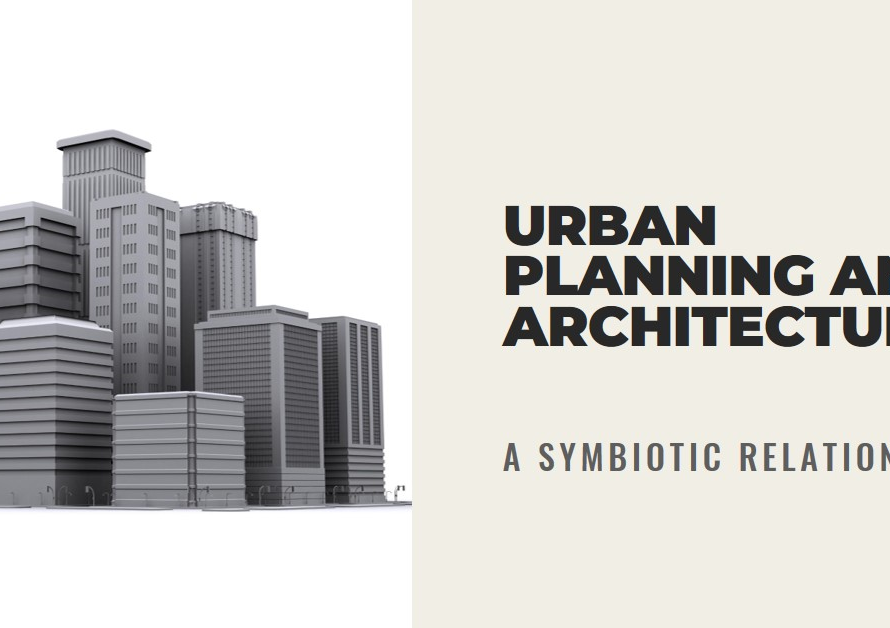
Table of Contents
- Introduction
- Embracing Nature’s Flow: An Introduction
- Aesthetic Appeal: The Beauty of Unbounded Spaces
- Environmental Benefits: Enhancing Biodiversity
- Practical Considerations: Challenges to Address
- Maintenance Insights: Balancing Effort and Reward
- Design Flexibility: Creativity Unleashed
- Cost Considerations: Initial Savings vs. Ongoing Investment
- Community and Social Impact: Setting a Trend
- Conclusion: Finding Your Balance
Introduction
In the realm of landscaping, edging often emerges as a defining element, creating clear boundaries and maintaining neatness. However, there is a growing trend toward embracing landscapes without edging. This approach fosters a more natural and fluid aesthetic, blending seamlessly with the environment. While it offers a range of benefits, it also comes with its own set of challenges. In this blog post, we delve into the advantages and disadvantages of landscapes without edging, providing a comprehensive guide for those considering this unique approach.
Embracing Nature’s Flow: An Introduction
Landscaping without edging prioritizes organic beauty over structured formality. This design philosophy aligns with the principles of natural landscaping, where the garden or yard evolves as part of the surrounding ecosystem.
In today’s fast-paced world, many homeowners and landscape designers are drawn to this concept as it offers a tranquil escape. The absence of rigid boundaries allows plants to grow and interact in ways that mimic natural habitats, promoting biodiversity and creating a serene, harmonious environment.
Aesthetic Appeal: The Beauty of Unbounded Spaces
One of the most compelling reasons to consider a landscape without edging is its visual appeal. The smooth transitions between different garden areas create a cohesive and harmonious look. This aesthetic is particularly effective in large gardens or natural settings where rigid lines can feel out of place.
The fluidity of a landscape without edging can make spaces appear larger and more inviting. By eliminating hard borders, the eye is free to wander, appreciating the intricate interplay of colors, textures, and forms. This approach is ideal for those who wish to cultivate a sense of openness and continuity in their outdoor spaces.
Environmental Benefits: Enhancing Biodiversity
A landscape without edging can significantly enhance local biodiversity. When plants are allowed to spread and intermingle naturally, they create habitats for a variety of wildlife. This promotes a balanced ecosystem where beneficial insects, birds, and other creatures thrive.
Additionally, without the need for artificial borders, the soil remains healthier. Natural plant growth encourages better soil structure and moisture retention, which can reduce the need for watering and fertilization. This sustainable approach not only benefits the environment but also reduces maintenance efforts and costs.
Practical Considerations: Challenges to Address
While the benefits are numerous, there are practical challenges to a landscape without edging. One of the main issues is the potential for plants to encroach on areas where they are not wanted, such as walkways or driveways. This can lead to a more labor-intensive maintenance routine, requiring regular trimming and weeding.
Furthermore, without clear boundaries, mulch and soil can spill over into unintended areas, leading to a less tidy appearance. These practical issues need to be carefully managed to maintain the desired aesthetic and functionality of the garden.


Maintenance Insights: Balancing Effort and Reward
Maintaining a landscape without edging requires a different approach compared to traditional gardens. Regular monitoring and selective pruning are essential to keep plants from overgrowing and encroaching on undesired areas. This can be both a benefit and a drawback, depending on one’s perspective.
For those who enjoy hands-on gardening, the additional maintenance can be a rewarding activity, providing an opportunity to engage closely with the garden. On the other hand, for those seeking low-maintenance solutions, the extra effort required might be a deterrent. Understanding this balance is crucial when deciding whether a landscape without edging is right for you.
Design Flexibility: Creativity Unleashed
One of the most exciting aspects of landscaping without edging is the creative freedom it affords. Without the constraints of fixed borders, designers can experiment with plant placement and garden layout. This flexibility allows for innovative and dynamic garden designs that can evolve over time.
The absence of edging also means that gardens can be more easily adapted to changing tastes or needs. Plants can be moved or allowed to spread naturally, creating ever-changing landscapes that reflect the seasons and the gardener’s evolving vision.
Cost Considerations: Initial Savings vs. Ongoing Investment
From a financial perspective, landscapes without edging can offer initial cost savings. There is no need to purchase materials for edging, and installation costs are eliminated. However, these savings can be offset by the potential for increased maintenance expenses over time.
It is important to consider the long-term financial implications when planning a landscape without edging. While the upfront costs may be lower, the ongoing investment in maintenance and potential plant replacements should be factored into the overall budget.
Community and Social Impact: Setting a Trend
Choosing a landscape without edging can also have broader social and community impacts. As more people embrace this approach, it can inspire neighbors and communities to adopt more sustainable and natural landscaping practices. This can lead to a collective enhancement of local biodiversity and environmental health.
Moreover, gardens without edging can become conversation starters, fostering a sense of community among like-minded individuals. Sharing tips, experiences, and plant cuttings can strengthen neighborhood bonds and encourage collective stewardship of local green spaces.
Conclusion: Finding Your Balance
In conclusion, the decision to embrace a landscape without edging involves weighing the pros and cons carefully. The aesthetic appeal, environmental benefits, and creative flexibility are significant advantages. However, the potential for increased maintenance and practical challenges must also be considered.
Ultimately, the choice comes down to personal preference and lifestyle. For those who value a natural, flowing garden and are willing to invest the necessary time and effort, a landscape without edging can be a deeply rewarding choice. It offers a unique opportunity to create a harmonious and dynamic outdoor space that reflects the beauty and complexity of nature itself.


